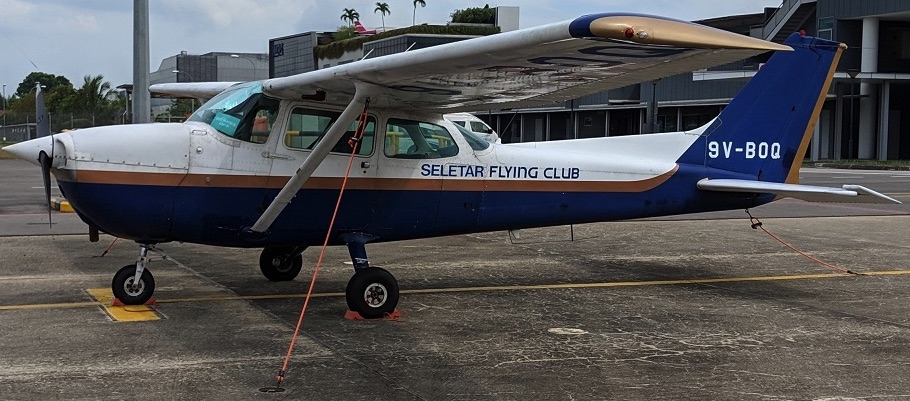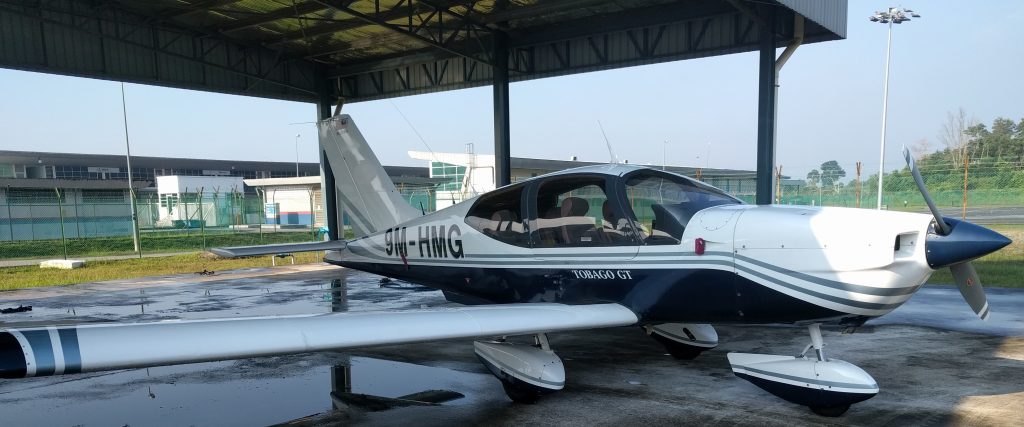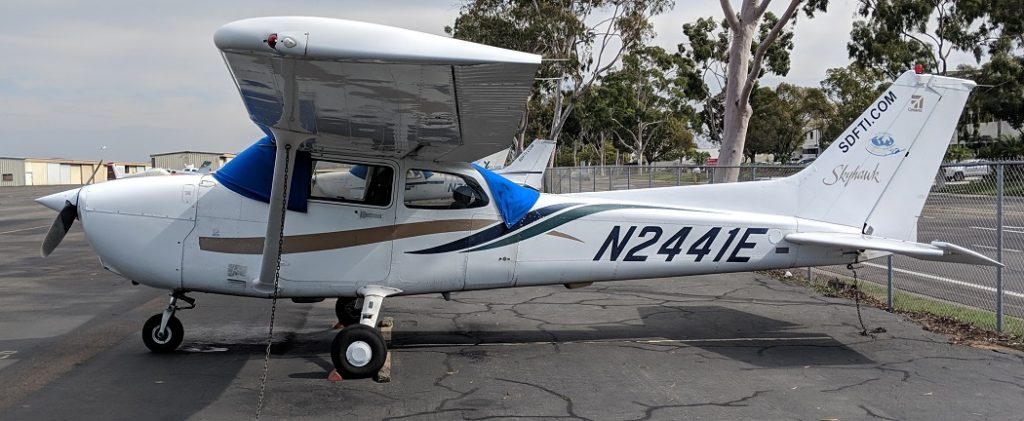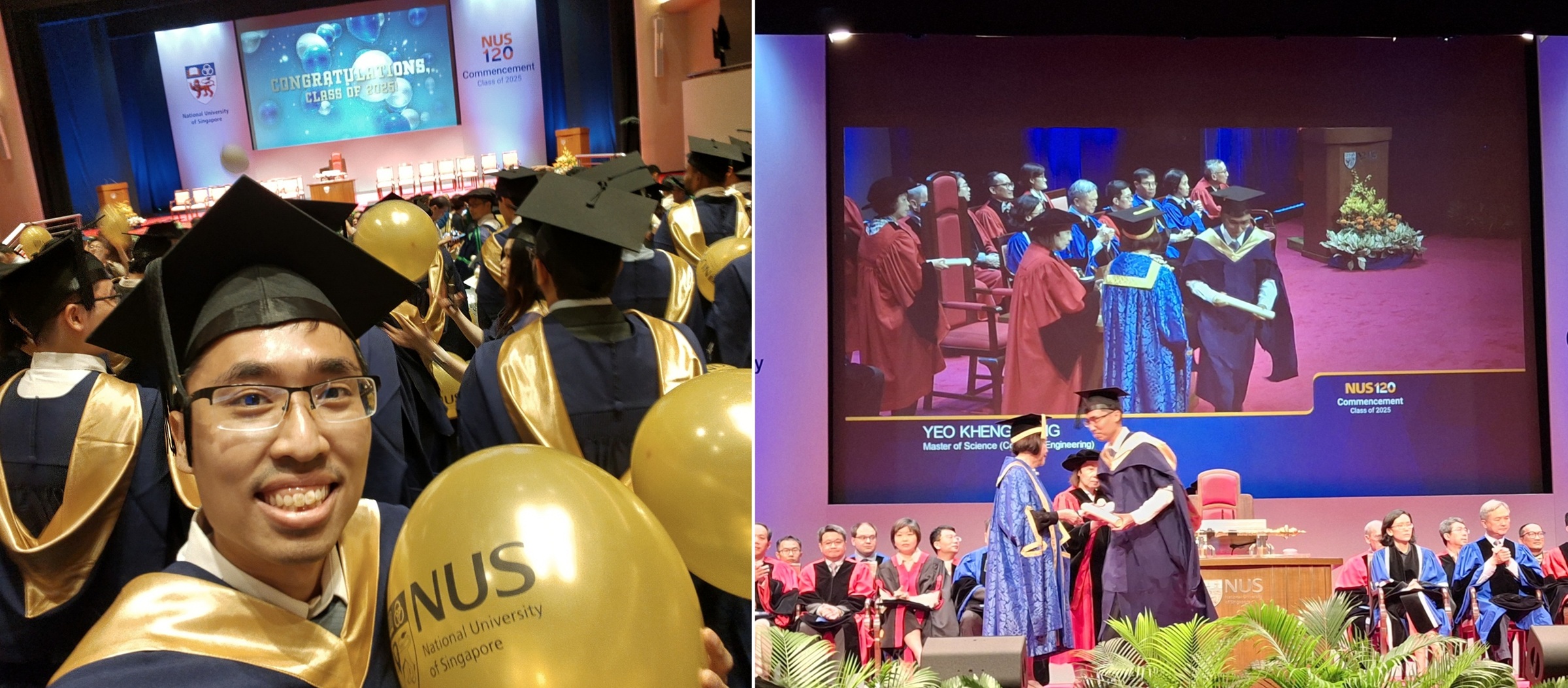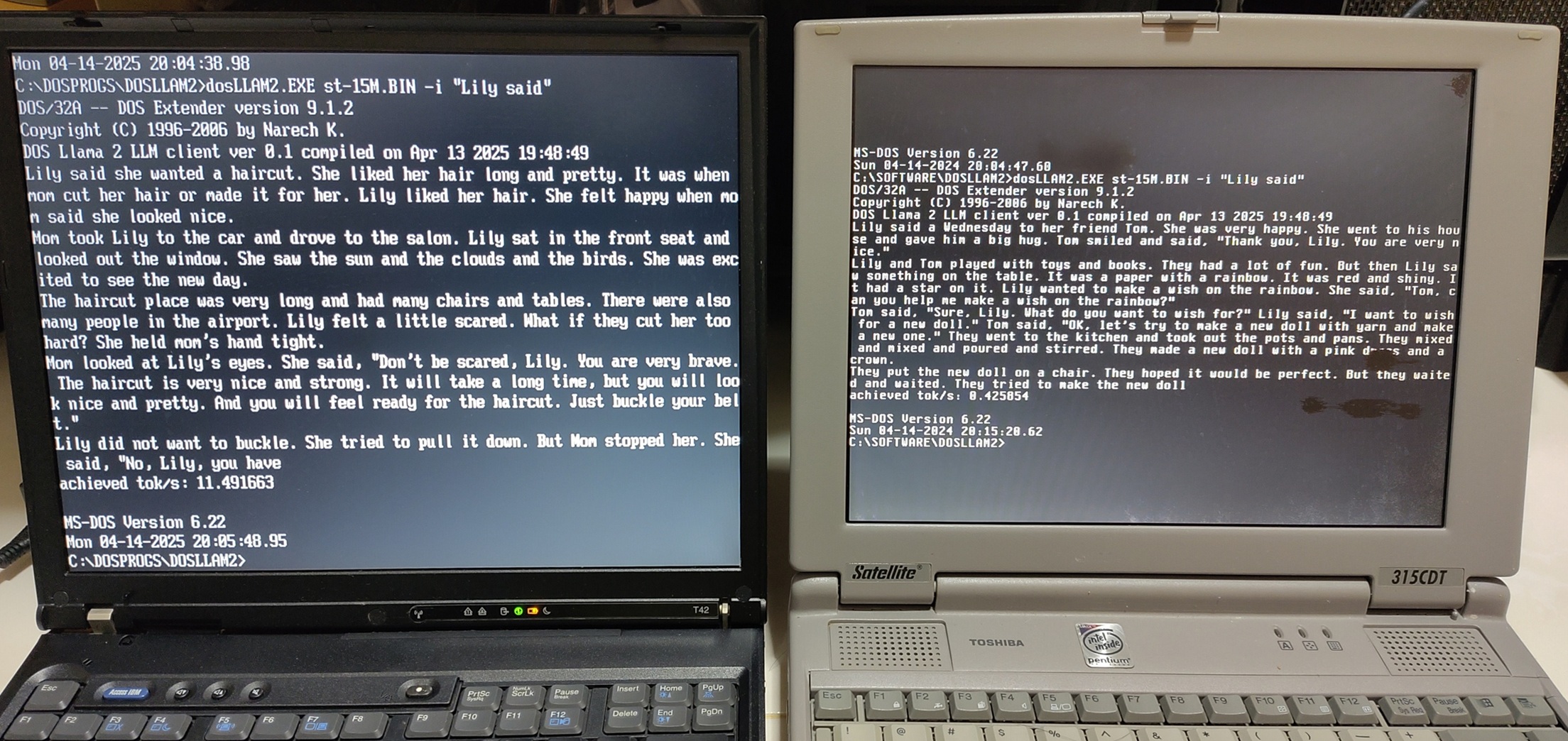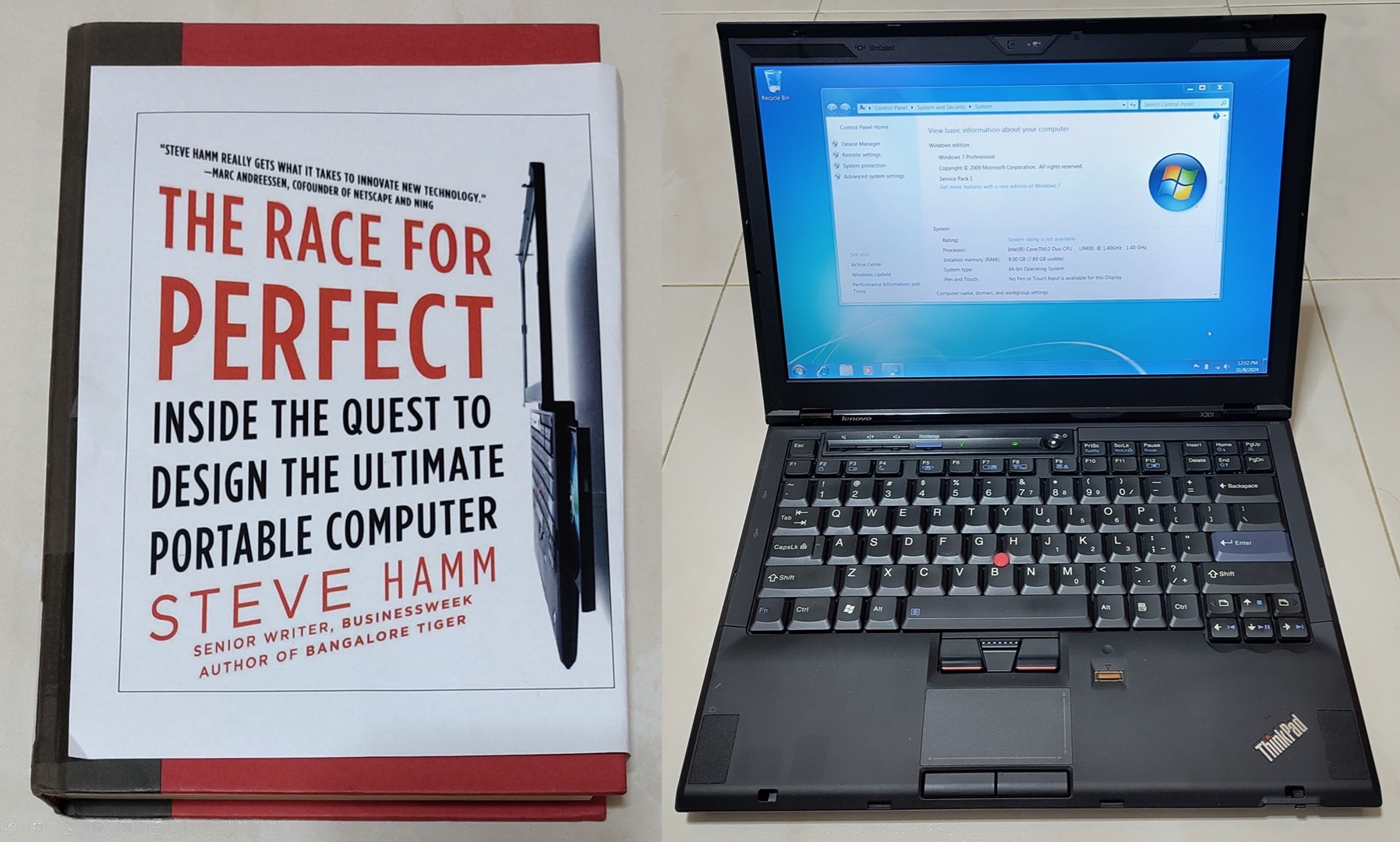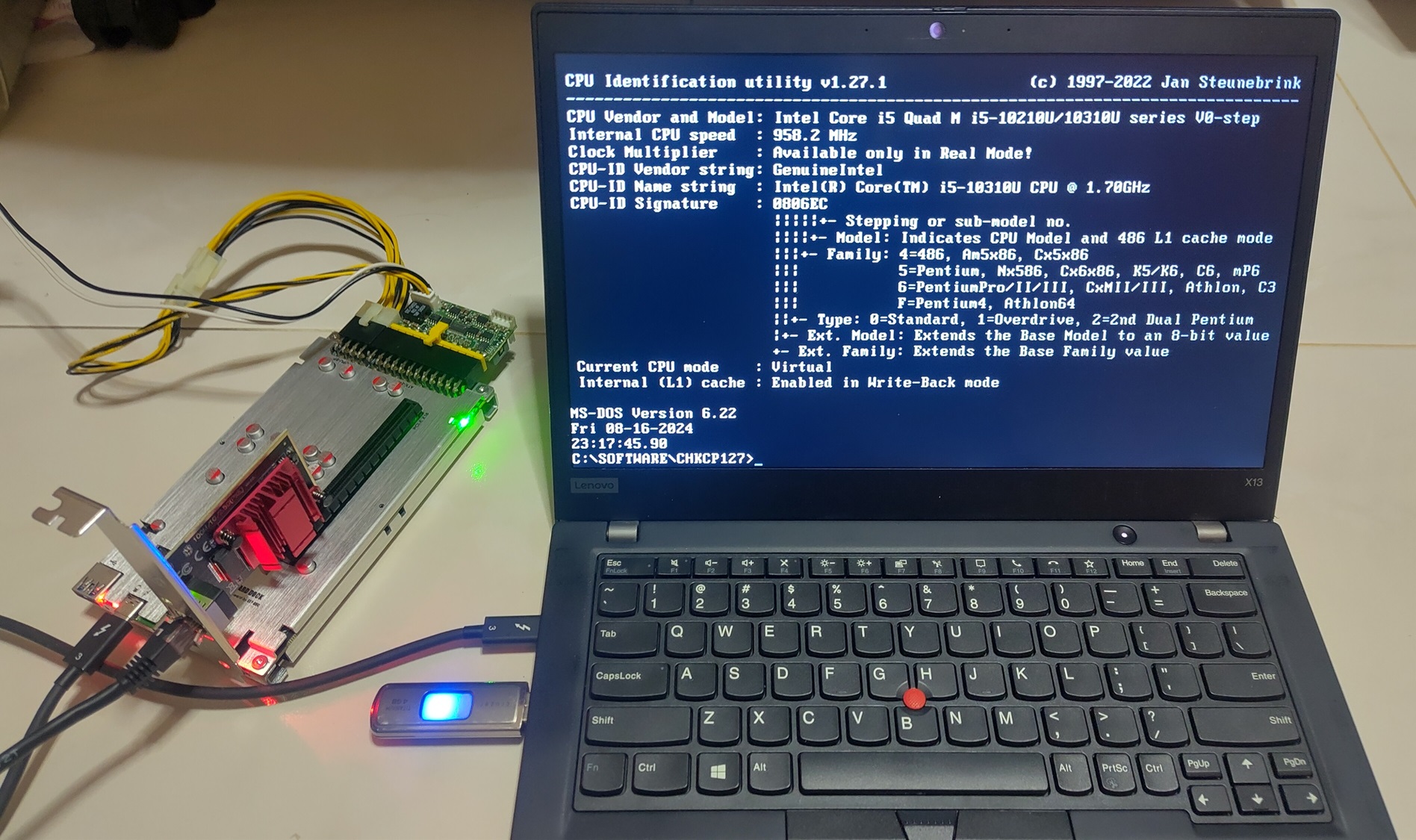A private pilot once told me “when you write about your private pilot experience online, be prepared to be deluged by plenty of people asking you about your experience and picking flight schools”. I initially didn’t believe him, but after writing many blog posts on this topic, I’m forced to concede after receiving many direct messages.
After interacting with more than a dozen people, I realised most of the questions generally revolve around the following which I shall collate here to avoid repeating myself again and again. There are many much more qualified and more experienced people who can write on these topics but I can’t find such topics discussed in the way that would have suited my needs. Hence this post.
FAQ I get
- Should I learn in Singapore, Malaysia, USA, Australia or X?
- How much does did it cost for your PPL so I can budget?
- Why did you take so many hours to solo and pass your checkride? I thought one usually solos in 10-20 hours and checkride in 35/40 hours? Why should I listen to you? I don’t want to be like you take so long and spend 2.5 months in the US.
- So what is a Part 61 or Part 141 school?
- Can I do a Part 61 program under a Part 141 school?
- Can you recommend me a flight school to go to? What do you think of this X/Y/Z flight school? Do you think I should go there?
- This school (in some rural place) quotes a lower price and faster time compared to these other schools. Should I take that option?
- Should I follow your Flightschool.SG/SDFTI route?
- I’m stuck at this FAA/TSA website. Please help me!
- Is the theory difficult?
- Is flying really that hard? I’ve been playing Microsoft Flight Simulator all my life. I have flown simulated Cessnas, Boeing 747s and even engaged in dogfights with F-16s.
- Can I learn a bit locally say at Seletar Flying Club then go to the US to continue so I don’t have to spend a long time there?
- Can I convert an FAA (or any other) PPL to CAAS PPL?
- If I want to learn a CAAS PPL locally, what should I do?
- If I were to do it again, what will I have done?
Note that I must declare that I’m a current member of Seletar Flying Club but I took my lessons from Flightschool.SG and San Diego Flight Training International so my answers may be slanted in both ways. Nevertheless, I’ll be as objective as possible. Note that I’ll not push someone to any particular route as that depends on individual needs.
1. Should I learn in Singapore, Malaysia, USA, Australia or X?
I can’t give you a straight answer as it depends on your needs really.
I shall repeat this table I made when I weighed my options.
The most important point is that the country you take the license from will determine which country’s-registered planes you can fly. US-registered General Aviation planes are most numerous worldwide including in Singapore hence I theoretically can fly more planes with my American license. N-registered planes can also be flown within Singapore airspace with the CAAS license (restricted or not).
But if you just can’t take an extended leave from work, then really no choice, Singapore and Malaysia are your only options.
Another lesser known point is that it is trivial to use the strength of any ICAO-license to get an FAA PPL piggyback (officially called foreign based license) but not vice-versa. However the validity and restrictions of the FAA PPL will become contingent on the validity and restrictions of your foreign license. For example, the default CAAS PPL has no cross-country and night-rating privileges, this will be carried over to the FAA piggyback. The moment your CAAS license or medical expires, the FAA piggyback will also expire. You also need to do a Biennial Flight Review with an FAA CFI to maintain the FAA piggyback just like the full license.
Don’t discount the Singapore option too quickly. Many people I met never even researched the Singapore option under Seletar Flying Club (SFC) and just assume it’ll be too expensive. If you do it locally, you have the benefit of saving on expensive overseas accommodation/airfare and the fact that you don’t have to take long leave and rush. However, SFC is a club so membership fees are required.
The poor regional climate can be a factor though. The heat, haze and storms in the region can affect your quality of learning.
Not many people know but ATC personnel have 90% off their local flight training. If I only knew about this earlier!!!
To lift the cross-country restriction, you can take this route as the current president of Seletar Flying Club did in less than a week.
Someone asked me about Australia. Sure Australia is an option but the issue I can foresee is that there are no Australian-registered planes based locally or in Malaysia where one can rent unless you get an FAA piggyback. Maintaining your license also requires a flight review with an Australian instructor every 2 years which I doubt there are any locally. This is slightly worse for the Malaysia option where you have to arrange time and go up north every year to meet an examiner to reassess your skills but at least it’s closer. On the other hand, there are several FAA CFIs in Singapore in Seletar Flying Club and WingsOverAsia.
2. How much does did it cost for your PPL so I can budget?
I won’t mention the cost out here in writing as this is a sensitive issue. Ask 10 different people and I’ll bet you’ll get 10 different answers varying from SG \$10K to \$100K or more.
I can share the exact figure I spent but only in person but I request that you sit down with me to discuss it. It’s in my experience that people tend to fixate on the number once I give them and they forget everything else I say.
The costs of flight training depends on the country you learn at, the flight school, the curriculum, frequency of lessons, completion timeframe and your personal aptitude. In fact, I would venture to say your personal aptitude and completion timeframe will cause the greatest variance of costs.
Flight training costs is not like a per-semester costs in university where you pay fixed prices per semester. In Uni, you attend each course for a fixed time and get your grades which may vary. In flight training, everyone needs varying amount of training to reach the required proficiency for the same checkride standard.
3. Why did you take so many hours to solo and pass your checkride? I thought one usually solos in 10-20 hours and checkride in 35/40 hours? Why should I listen to you? I don’t want to be like you take so long and spend 2.5 months in the US
If you take a look at the blog post of my US experience, you’ll see that I failed all the stage checks on my first try. Failing stage checks means remedial lessons and taking the stage checks again. I was also bad at landings so I had to take many extra flights and some 15 hours of extra practice on just landings alone.
Montgomery Field is also a very busy airport hence many times I had to wait for my turn to takeoff and land. This results in extra engine run time which is the way flight time is calculated.
Taking all these factors together, it can be seen why I took more than an average student pilot which is usually 60-75 hours. Some people take more and some people take less but in the end we all take the same checkride.
The legal minimum of 35/40 hours is BULLSHIT. Unless you are some prodigy, very few people can achieve that at least not without some prior experience. If you see a flight school quote you a cost for just 35-40 hours and you budget just enough for that, be prepared to be disappointed.
2.5 months is actually very fast for a Part 141 program. Even SDFTI was quite uncomfortable in me taking so short a time for my Private Pilot training. I had to wait a total of 2 weeks to retake my stage checks. Uncontrollable events like 1.5 weeks for TSA clearance, 2 weeks of bad weather, 3 days for aircraft breakdowns/maintenance and 4 public holidays all serve to delay things.
After all I have no agenda other than presenting my experience and knowledge in a factual manner, so I’m not forcing you to listen to me.
4. So what is a Part 61 or Part 141 school?
Part 61 and Part 141 refer to the two main types of US flight schools. So here is a table showing some high level differences that are more relevant at least to me.
| Factors | Part 61 | Part 141 | Comments |
|---|---|---|---|
| Minimum Flight hours | 40 | 35 | Irrelevant in practice, most people don’t finish in 35/40 hours. 60-75 is the average. |
| FAA oversight | Not much | Very tight | Part 141 schools need to have minimum pass rates and are subject to random spot-checks by FAA. |
| Syllabus and Stage Checks | No | Yes | Part 141 schools must follow a strict syllabus and conduct stage checks by a designated instructor usually different from your assigned instructor. Only after you clear each stage can you move on to the next stage. An instructor for a Part 61 course has more leeway to arrange the training as he sees fit. |
| Issue I-20 form for M-1/F-1 Visas | No | Some have | Some Part 141 schools can issue I-20 forms as required for the M-1/F-1 visa application for foreign students to enter the US solely for flight training purposes. If you want to go to a Part 61 school, flight training should be incidental to your stay in the US. Using the ESTA to enter as a tourist may not be 100% legal depending on who you ask, see AOPA alien link and this AOPA visa link. See this video for an alternative view. |
| In-house Examining Authority | No | Some have | Don’t underestimate the value of an in-house pilot examiner. Flight examiners in the US are in short supply which means a long wait (weeks) to schedule checkrides. Not many US flight schools have this privilege and SDFTI is one of the uncommon ones which have. I took my checkride within 2 days of clearing my last stage check. |
| Cost | Less | More | With things like stage checks and stringent regulation, I believe Part 141 programs usually cost more all else being equal. |
5. Can I do a Part 61 program under a Part 141 school?
So someone wants the benefit of being issued a M-1 visa but not the hassle of taking stage checks hahaha.
I guess it depends on the school policy. SDFTI does not allow this unless there are some unique or extenuating circumstances. But I heard some other schools are okay with this. So do check with them before heading over.
Note that if you take a Part 61 program, you’ll lose the benefit of the in-house examiner if the school has it. An in-house examiner can only give checkrides to students who take the Part 141 program under that school.
6. Can you recommend me a flight school to go to? What do you think of this X/Y/Z flight school? Do you think I should go there?
I can’t and won’t recommend flight schools as I don’t think I’m sufficiently knowledgeable in this field.
If you ask me honestly about SDFTI, my instructors Luke and Charles were great, the stage check instructor Phil was objective and held me to a high standard. The planes did occasionally go down but the mechanic got them up and running again quickly usually within a day. The school was open on weekends and everything was on-the-ball.
But of course there are options aplenty, no harm to research around. Please don’t ask me to give feedback of the flight school you are eyeing, plenty of people have tried to ask me and I seriously don’t have the time if I entertain everyone of you to slowly analyse. I’m sorry to say I have to draw the line here too.
It is an expensive decision and I don’t want to be responsible for making a choice for you should it not work out. At least not at my experience level. After all, I’m writing a post like this with no compensation.
In the end, it boils down to the quality of the instructors, state of plane maintenance and the school culture. These factors are hard to quantify though. Do your homework, check online reviews, seek comments from past students is all I can say.
7. This school (in some rural place) quotes a lower price and faster time compared to these other schools. Should I take that option?
This is something I must comment. It is pretty obvious why a flight school located in more rural areas in uncontrolled airports generally can get things done quicker and cheaper. There is less air traffic to contend with so less time waiting here and there. Costs of living is usually lower hence instruction and rental costs are lower as well.
There are 2 schools of thought regarding this:
-
Learn faster and cheaper at more rural schools. Get license first then slowly improve after that on your own or with a more-experienced pilot.
-
Learn at busy airports usually near urban areas. Better learning value as you are exposed to more traffic, ATC communications and gain better situational awareness skills. There is more stuff the instructor can point out to you. This gives you a better quality of instruction. However, it takes more flight time and is thus more expensive.
Quality is hard to quantify hence most people only see the quantifiable portion which is costs and time and try to reduce that. But certain things are best learned together with an instructor who has the experience and qualification to teach and give you the best foundation you can.
There is a huge difference between learning to pass the checkride and learning to be a safe and proficient pilot. Not to say rural schools are lousier, I would say everything comes at a cost and it depends on your priorities.
8. Should I follow your Flightschool.SG/SDFTI route?
Even though I took this route, it does not mean you must take this route. The route to apply and go to a foreign flight school directly has always existed long before Flightschool.SG was even born. You can even go to Flightschool.SG and choose another flight school after that or even Seletar Flying Club! :P
The key benefit Flightschool.SG can give is that it helps to assess your aptitude in flying and gives you the best possible preparation before heading overseas. Especially for those that has never been flown in a real or simulated light aircraft before, it is hard to gauge whether you have a reasonable chance of making it. You may find out the hard way after spending a lot of money heading overseas.
It is no doubt without Flightschool.SG, all else being equal, I would have definitively taken longer. Your mileage may vary though. Alternatively, one can also take some initial flight lessons on real aircraft at the flying clubs in Singapore or Malaysia before heading to the US to finish the training. The benefit is that flight hours on the real plane will count much more and be more useful than hours in the simulator.
9. I’m stuck at this FAA/TSA website. Please help me!
Sorry ah, I’m not your tuition teacher. To be blunt, my time is not free. Imagine if I help everyone that asks me, I don’t have time liao. I must draw the line here.
10. Is the theory difficult?
I wouldn’t say it is overwhelming for me as I’m a degree holder who is used to studying. However the content is not little and does require hard work to study. I can recommend looking at the free aviation handbooks from the FAA website. There are hardcopies that can be bought.
- Airplane Flying Handbook
- Pilot’s Handbook of Aeronautical Knowledge
- And the Jeppesen and FAR/AIM book I was asked to get by SDFTI
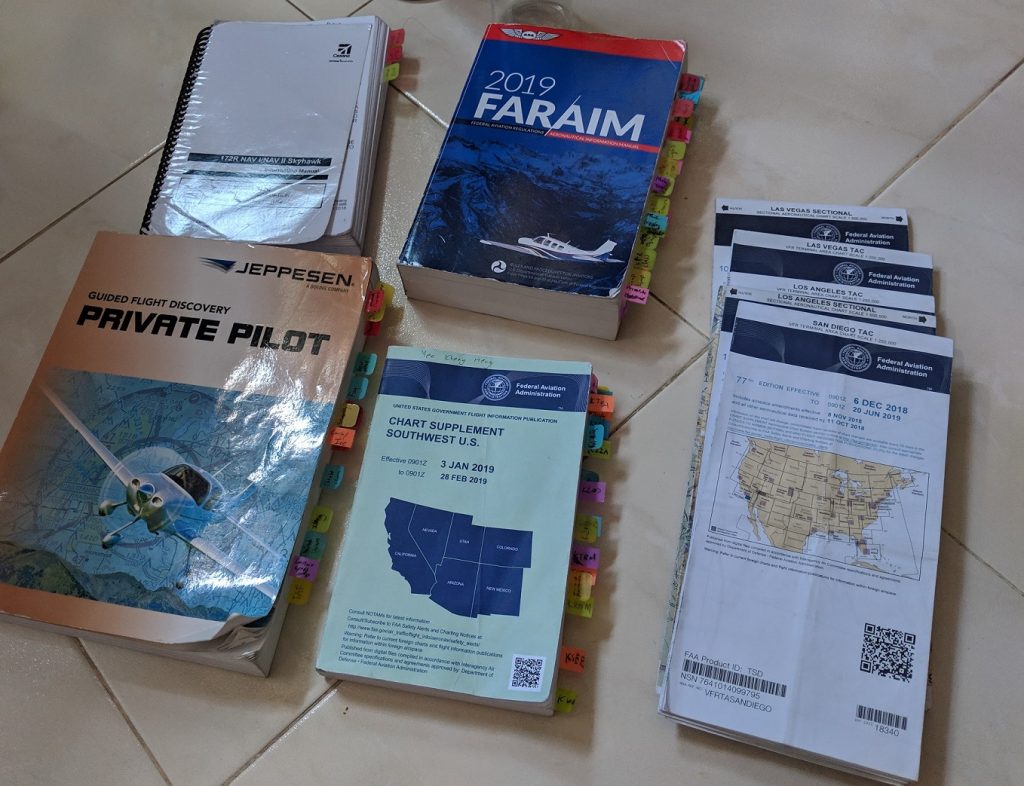
Different countries may have different books but the content should largely be similar.
Studying is not enough, you have to test yourself too. I used question banks from Gleim online test prep
and Dauntless FAA Private Pilot iOS App.
11. Is flying really that hard? I’ve been playing Microsoft Flight Simulator all my life. I have flown simulated Cessnas, Boeing 747s and even engaged in dogfights with F-16s.
Err, can don’t compare your home flight simulator to a real plane. Have you configured your flight simulator to the most realistic conditions of wind, traffic and ATC communication? Do you buy the yoke, throttle and rudder pedals as well? Do you have an instructor with you to correct any mistakes or bad habits you have?
The greatest difference is psychological. You can crash and burn hundreds of times in a simulator without consequence hence you might not take things like procedures seriously. Mistakes in a real plane can mean certain death. You don’t get the “seat of the pants” feeling in a simulator too.
An initial Private Pilot course requires you to be more visual and look outside. I used to play simulators frequently and it encourages the bad habit of perpetually staring at the instruments which my instructors had to correct.
In my opinion, the hardest portion in flying skills is actually landing and most home simulators don’t simulate it very well. It has to be practiced in a real plane as far as possible. Even today, I still don’t do good landings. The next hardest portion for me was diversion which I failed in the stage check, one has to multitask between flying the plane, looking out, handling the paper map and making calculations.
Used properly, a flight simulator has its advantages. You can learn about instruments and get an initial understanding how they behave. You can practice procedures very well as revision but best learned initially from an instructor. Emergency procedures are great to practice in a Sim as one can never execute those for real in the actual plane.
This video illustrates it perfectly!
Getting a PPL is more than just the mechanical flying portion. There is so much of the other theory stuff, ATC communication, emergencies and maneuvers that most people will never try in a home simulator. As they say, Flying is easy, Aviating is hard.
12. Can I learn a bit locally say at Seletar Flying Club then go to the US to continue so I don’t have to spend a long time there?
The training hours should be transferrable in theory, see this link. But I guess this will only work for a Part 61 program. Again ask the school first bah.
13. Can I convert an FAA (or any other) PPL to CAAS PPL?
One can convert an FAA (or any other) PPL to a CAAS PPL. But the factor that trips a lot of people up is that you need to have every relevant page of your logbook stamped by your school. CAAS’s reasoning is to ensure that your hours are legitimate and not faked by anyone. I’m not too sure if there is any other aviation authority that has this policy.
Once you submit all relevant documents to CAAS including your logbook, the process should take a month or so for the reviewing officer to verify your flight experience. You’ll then be issued your terms of conversion which will be valid for 6 months to accomplish. These conversion terms should include but not limited to taking an Air Law exam and checkride.
I’ve not personally done this ^^^ but that was what the CAAS officer explained to me.
14. If I want to learn a CAAS PPL locally, what should I do?
You can contact the club I’m in Seletar Flying Club. Head to their website or drop them an email at seletarflyingclub@gmail.com. A club representative will be in touch to answer any queries you may have.
15. If I were to do it again, what will I have done?
Well with the hindsight of everything I have now, I may do things slightly differently, such as the following.
- Take some initial ground school and practical lessons at Seletar Flying Club to pick up the fundamentals and assess my personal aptitude. Can even do up to first solo if money permits.
- Apply to a USA Part 141 flight school to get the I-20 form and M-1 visa but insist on a Part 61 program so the Singapore training hours can count and do without the hassle of stage checks. Alert them I’m in a hurry complete things.
- Head over and do the Part 61 Program.
FAQ I pose to people
Other than receiving questions, I pose the following as well to understand them better.
What is your motivation? Eg, Hobby or airline pilot application?
If you goal is a cadet pilot application for a Singapore-based airline only, you may be better off starting off with a CAAS PPL since your transition to a CAAS commercial license may be easier.
If you want to go all the way to be a direct first or second officer, then maybe doing the FAA CPL is a better way since it is cheaper and more universal worldwide than a CAAS CPL which you might be at risk of being jobless if you don’t get a local-airline job. A FAA CPL however will require you to take extra theory exams for conversion to a CAAS CPL after you are hired. These exams are out of scope of this post.
For hobby purposes, FAA PPL is great as it lasts forever. However, I feel the CAAS PPL + Cross country lifting + FAA piggyback is the most potent combination for the local hobby flyers. It however carries some risk as there are limited 9V-planes in Singapore. If your CAAS license expires, you’ll lose your pilot privileges and your FAA piggyback will disappear too.
Do you have enough money saved up + buffer? If you can’t finish in time, are you prepared to come back empty-handed and continue again another time?
It’s scary to run out of money in a foreign country. You end up having to come back empty handed. Trying again after some time is possible but you’ll have lost proficiency by then. It’s not efficient to do things piecemeal for the same certificate. So better to have enough money in the first place.
Is your family okay with it?
Airline flying is the safest mode of transport. But General Aviation (include flight training) is nowhere near in terms of safety as the planes are less capable and everyone is generally less experienced than airline pilots. Not to scare you, students pilots and instructors have died during the training process. There is an element of risk that your loved ones may be worried of you about.
Can you take that long leave of absence from work?
I was fortunate that I could accumulate that much leave and use them all at one go. However, some companies may not be so agreeable to such long leaves.
Have you taken your aviation medical?
Most people should have no problems clearing aviation medical exams. Note that perfect eyesight is not a requirement this days.
However, better to get this done in case you do have issues that may preclude you from flight training altogether.
Concluding Remarks
Many Singaporeans have gone overseas for flight training but very few people write about these especially with answers to the question I was asked. So I decided to write this to share things in a very objective manner and with my affiliations upfront.
I hope this post will be useful to people. I’m sure it would have been useful to me if I have seen content like these before I started my flying journey.
Since this advice is free based on my own limited experience, you can point out mistakes in this post and suggest corrections.

